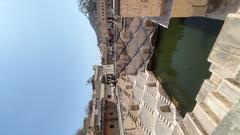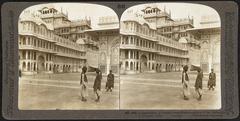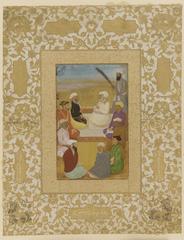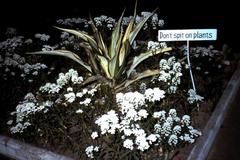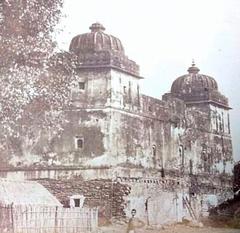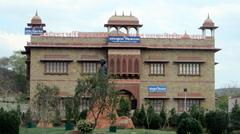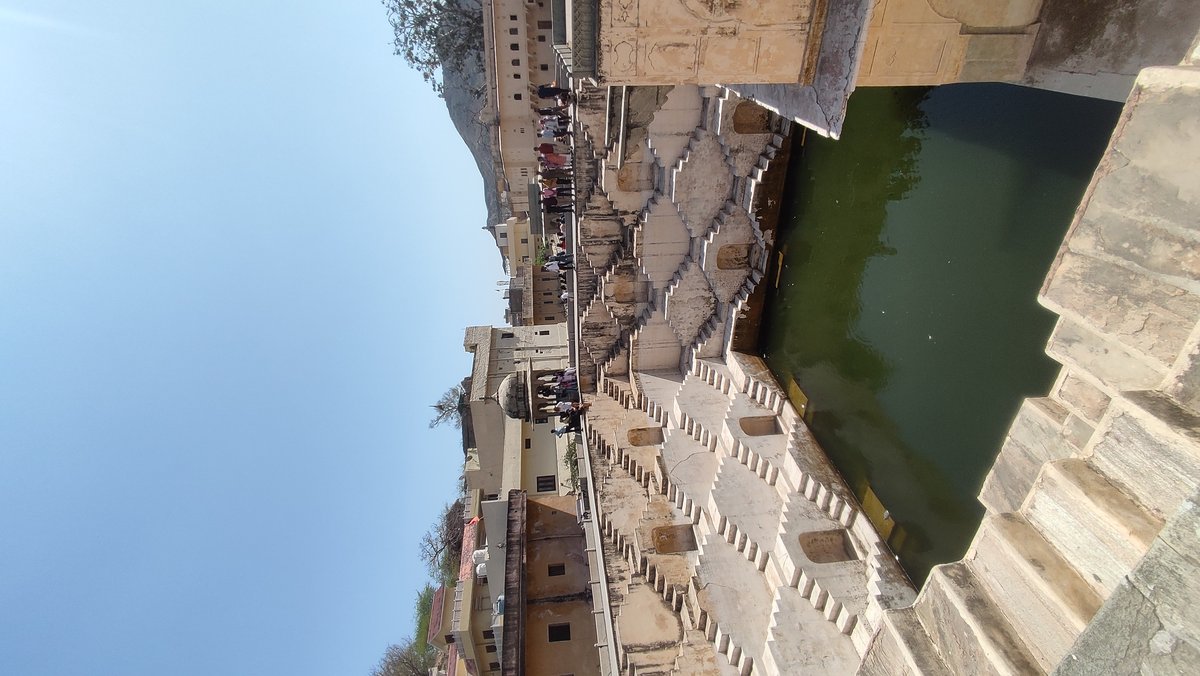
Panna Meena Ka Kund: Visiting Hours, Tickets, and In-Depth Guide to Jaipur’s Ancient Stepwell
Date: 14/06/2025
Introduction
Panna Meena Ka Kund, located near the iconic Amer Fort in Jaipur, is a shining example of Rajasthan’s medieval engineering and cultural heritage. This 16th-century stepwell—also known as Panna Meena Baoli—was constructed during the reign of Maharaja Jai Singh I. Its elaborate, symmetrical staircases and octagonal core showcase the advanced architectural and water management techniques critical to the region’s survival in an arid climate (Media India; Rajasthan Royal Tourism). More than just an engineering marvel, Panna Meena Ka Kund functioned as a social and spiritual gathering place for the local community and remains a popular destination for travelers, photographers, and history enthusiasts.
This comprehensive guide covers the history, architectural features, cultural significance, visiting hours, ticketing details, accessibility, travel tips, nearby attractions, preservation efforts, and sustainability practices for Panna Meena Ka Kund.
Historical Significance
Origins and Context
Panna Meena Ka Kund was built during the 16th century under Maharaja Jai Singh I of the Kachwaha dynasty. Designed by a Brahmin architect, it blends religious, social, and utilitarian purposes (Media India). Stepwells like this were crucial in Rajasthan for rainwater harvesting, serving as reliable reservoirs and community spaces in the face of frequent droughts.
Architectural Brilliance
Symmetrical Design and Geometry
The stepwell’s most striking feature is its intricate, crisscrossing staircases arranged in a geometric pattern. Eight levels of steps form a visual labyrinth, and local lore claims that the stairs taken to descend are different from those used to ascend—a detail that adds to the site’s mystique (Rajasthan Royal Tourism). The rectangular plan centers around an octagonal well, with terraces and domed pavilions (chhatris) providing shaded resting places.
Materials and Construction
Constructed primarily from locally sourced sandstone, the structure is both durable and cool, thanks to the stone’s thermal properties. The masonry is so precise that many sections are built without mortar, showcasing the craftsmanship of the era (Rajasthan Royal Tourism). Drainage channels and overflow outlets are integrated into the design, reflecting an advanced understanding of hydrology.
Decorative Elements
The stepwell features artistic flourishes, including floral and geometric carvings on landings and walls. Though much of the original pigment has faded, the stonework’s detailed patterns remain a testament to the artisans’ skill (Thrillophilia).
Socio-Cultural Importance
Historically, Panna Meena Ka Kund served as a vital social hub, especially for women collecting water and performing rituals. Its proximity to the Meera-Krishna temple adds spiritual significance. The space also provided relief from Jaipur’s scorching heat, blending practicality with community well-being (Explore With Ecokats).
Visitor Information
Visiting Hours
- Open daily: 9:00 AM – 6:00 PM (Tripoto)
- Best time: October–March for pleasant weather; early mornings and late afternoons for optimal lighting and fewer crowds (Hungarian Dreamers)
Tickets and Entry
- Entry: Free of charge; no tickets required (Hungarian Dreamers)
- Guided tours: Available and recommended for historical context
Accessibility
- Mobility: The stepwell’s steep, uneven stairs are not wheelchair accessible; terraces offer partial access for those with limited mobility (Tripoto)
- Safety: Exercise caution on slippery steps, especially during monsoon. Children should be supervised.
Getting There
- Location: Amer, about 11 km from Jaipur city center, near Amer Fort (Explore With Ecokats)
- Transport: Taxi, auto-rickshaw, private vehicle, or walking from Amer Fort
- Landmark reference: Also known locally as “Bhim Lal ka kuan” (discoverindiabycar.com)
Nearby Attractions
- Amer Fort: UNESCO-listed, famed for Rajput architecture and history
- Anokhi Museum of Hand Printing: Celebrates traditional textile crafts
- Meera-Krishna Temple & Jagat Shiromani Temple: Spiritual heritage sites within walking distance
- Jaigarh Fort & Nahargarh Fort: Additional historic forts close by
Visitor Experience
- Photography: The geometrical symmetry, interplay of light and shadows, and vibrant history make it a favorite among photographers (Hungarian Dreamers)
- Cultural immersion: Listen to local legends and stories tied to the site, such as tales of secret tunnels or unique stairway lore (Tripoto)
- Relaxation: Enjoy shaded chhatris and panoramic views from the terraces
Preservation and Sustainability
Challenges
- Physical degradation: Weathering and vandalism threaten the stonework
- Over-tourism: Increased footfall accelerates wear and brings littering concerns
- Limited conservation: Efforts are mostly community-driven; government support is needed for ongoing preservation (discoverindiabycar.com)
Responsible Tourism Tips
- Do not carve or damage the stonework
- Stay on designated paths
- Carry out all waste; avoid plastics
- Support local guides and artisans
- Respect local customs—dress modestly and maintain quiet
Local elders, especially women, play a vital role in guarding the site and educating visitors about its significance.
Practical Tips
- Combine visits with Amer Fort or Anokhi Museum for a full cultural itinerary
- Wear comfortable shoes for stair climbing
- Bring water and sun protection
- Check step access with local authorities, as it may be restricted for safety
- Plan transport in advance, especially during peak tourist season
Frequently Asked Questions (FAQs)
Q: What are the opening hours?
A: 9:00 AM – 6:00 PM, daily.
Q: Is there an entry fee?
A: No, entry is free.
Q: Is the site wheelchair accessible?
A: No, due to steep stairs and historic layout.
Q: How do I reach the site?
A: Taxi or auto-rickshaw from Jaipur city; also walkable from Amer Fort.
Q: Are guided tours available?
A: Yes, and they are recommended for context.
Visuals and Resources
Image suggestions:
- Symmetrical staircases with alt tag: “Panna Meena Ka Kund stepwell stairs in Jaipur”
- Local artisans at work with alt tag: “Amer artisans making miniature stepwell souvenirs”
- Map showing proximity to Amer Fort with alt tag: “Map of Panna Meena Ka Kund in Amer, Jaipur”
External resources:
Conclusion
Panna Meena Ka Kund is a testament to Rajasthan’s historical resilience, blending artistic mastery with practical ingenuity. Its enduring role as a communal and spiritual gathering place invites visitors not just to marvel at its architecture but to reflect on centuries-old traditions of sustainable water management. By visiting responsibly and supporting local conservation efforts, you help preserve this marvel for generations to come.
For the latest updates, travel guides, and insider tips, download the Audiala app and explore more on Jaipur’s heritage. Share your experiences and help champion sustainable tourism in Rajasthan.
References
- The Historic Panna Meena Ka Kund in Jaipur, Media India
- Panna Meena Ka Kund: Architectural Guide, Rajasthan Royal Tourism
- Panna Meena Ka Kund Jaipur - Visiting Hours, Tickets & Guide, Explore With Ecokats
- Panna Meena Ka Kund: Essential Visitor Information, Tripoto
- Panna Meena Ka Kund Preservation and Responsible Tourism, Discover India By Car
- Panna Meena Ka Kund Visitor Guide, Jaipur Tourism Official
- Everything You Need to Know About Panna Meena Ka Kund, Rajasthan Tour Driver
- Panna Meena Ka Kund Overview and Travel Tips, Hungarian Dreamers
